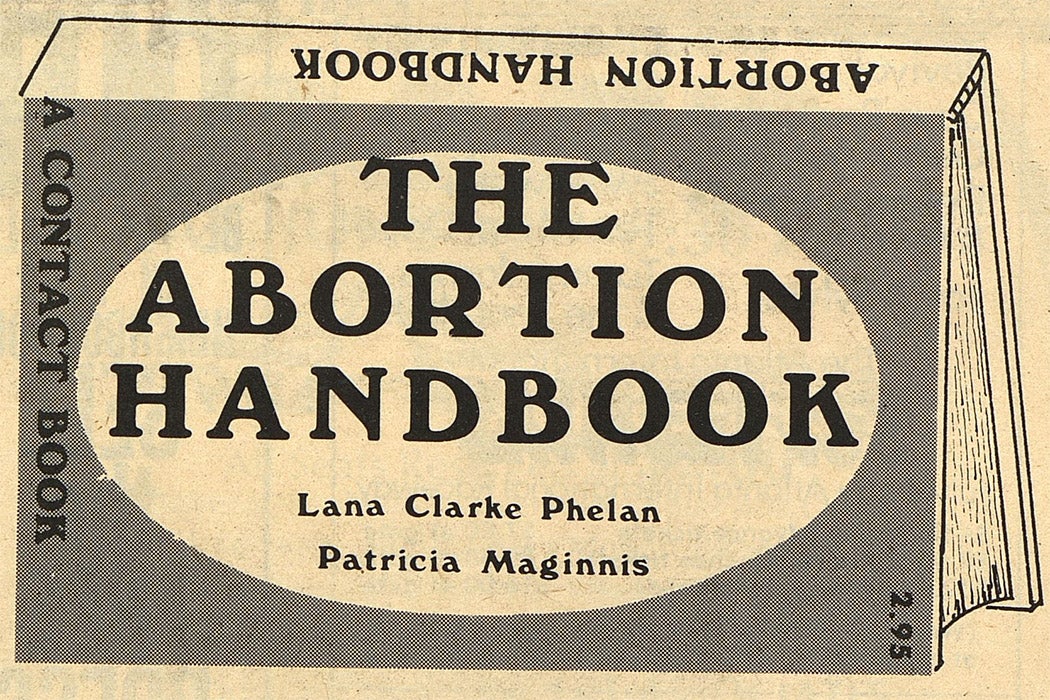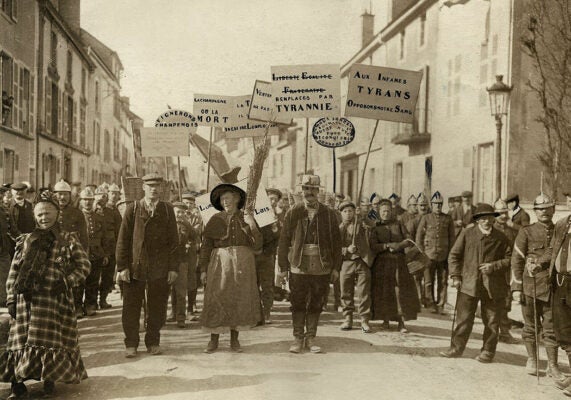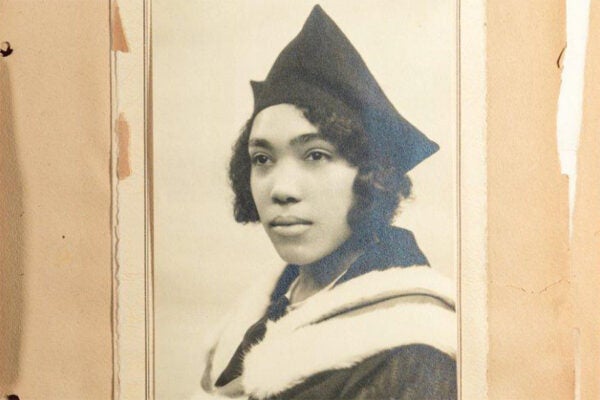In the 1966, when the right to abortion was not guaranteed in the United States, San Francisco-based feminist Patricia Maginnis defied the law—by handing out information on how to get one.
Her leaflet, distributed under the auspices of the Association to Repeal Abortion Laws (ARAL), was soon to become known as the “List,” as historian Leslie J. Reagan documents. And the List didn’t just discuss logistics; its existence also “underline[d] an important point about the relationship between Mexico and the United States.”
“The mimeographed ‘List of Abortion Specialists’ included names of abortion providers, directions for contacting them, fees, descriptions of the procedure, and instructions on how the woman should prepare herself beforehand,” explains Reagan. “Although the ‘List’ included information on abortion specialists in Japan, Canada, Sweden, and elsewhere, most women went to Mexico.”
This travel occurred despite official restrictions, such as a rule in San Diego against girls crossing the border without parental consent and luggage searches to check travelers’ bona fides as tourists.
Abortion providers had to work to get on the List. Not only did ARAL correspond with doctors, but it also gave follow-up questionnaires to patients—a process meant to ensure that those on the List met key criteria of “cleanliness, safe aseptic medical procedures, and sympathetic treatment.”
Other “minimum requirements” set out by ARAL had less to do with medical safety and instead reveal the influence of American abortion demand on Mexican healthcare providers.
“This list [of requirements] began with ‘a nurse… day and night, who speaks and understands English,’ a requirement that reflected the importance of creating an atmosphere that calmed anxious Americans,” Reagan reports.
Get Our Newsletter
ARAL also recommended that clinics give “hot tea or coffee and possibly toast” to patients, with Reagan arguing that “[t]oast rather than tortillas was an Americanism that would, like English-speaking staff, reassure American clients.”
Still, Reagan notes, that while Mexican physicians and abortion providers may have met ARAL’s demands because its founders, Maginnis and Rowena Gurner, “came from Mexico’s powerful and wealthy northern neighbor, ARAL’s scrutiny and regulation of Mexican abortion providers cannot simply be attributed to racism or American imperialism.” Together with the feminist underground Jane Collective, ARAL “took on the job of a state agency and regulated the illegal practice.”
Maginnis saw the List, which upheld the reputation of Mexican abortion providers’ professional standards, as a counterpoint to the dominant popular image of the time—a stereotype of “dirty Mexicans doing all these dirty abortions on these poor girls,” as she put it.
As Reagan observes, “The label dirty concisely differentiated between the good, clean American sanitation system and the bad Mexican one; between the good, safe country and its infectious neighbor.” By recommending Mexican doctors, the List disrupted such assumptions.
With its continuous efforts to maintain the List, ARAL came to serve “as a feminist health agency that combined the responsibilities of a medical licensing board and a public health office,” according to Reagan. At the same time, it was distinguished by its feminist goals, she adds. “This effort to obtain adequate medical services was embedded within a militant movement for women’s rights and sexual freedom.”
Support JSTOR Daily! Join our new membership program on Patreon today.







